An early 2-hour flight from Tashkent, across desert, took me to the capital of the Karakalpakstan region, Nukus. I knew there wasn’t much to do here – it was desert-hot and dry – but every desert sometimes has a rose and the Igor Savitsky museum of art would be that rose.
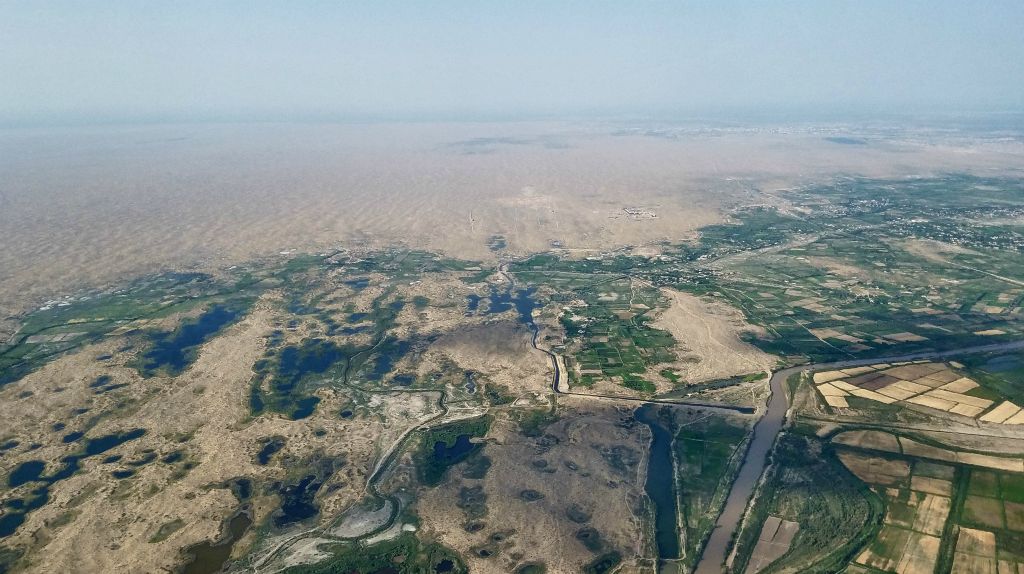
Although I am not an appreciator of Russian avant-garde art, this collection residing in an unassuming building in the center of Nukus it said to be the 2nd largest in the world. When the Soviets were destroying independent creative expression in favor of what the Communist party believed *should* be art, Savitsky worked on rescuing those expressions and hiding them. You can read about its history here. There was apparently a documentary made on it. (I did not take pictures while in the museum as it was not allowed.)
A day in Nukus was more than sufficient. The modest (but very hospitable) lodging I was at arranged for a shared car for me to get a 5-hour ride on less-than-ideal roads to Khiva the next day.
If there was a place in history that resembled my imagination of what an old Islamic center of commerce was like centuries ago, it’d be the old town of Khiva. When you walk through the walls that surround this place, you are immediately transported back in time and if you really listened, you could hear the hustle and bustle of The Silk Road coursing through.
To be honest, being so far removed from the day itself, I don’t remember what is what and what kind of history each section has – just use your imagination and pretend this place looked dustier, a bit more “used”, full of people with books and goods, with their camels, without smart-phones – with the Islamic call to prayer sung by muezzins several times a day from minarets without loud-speakers.
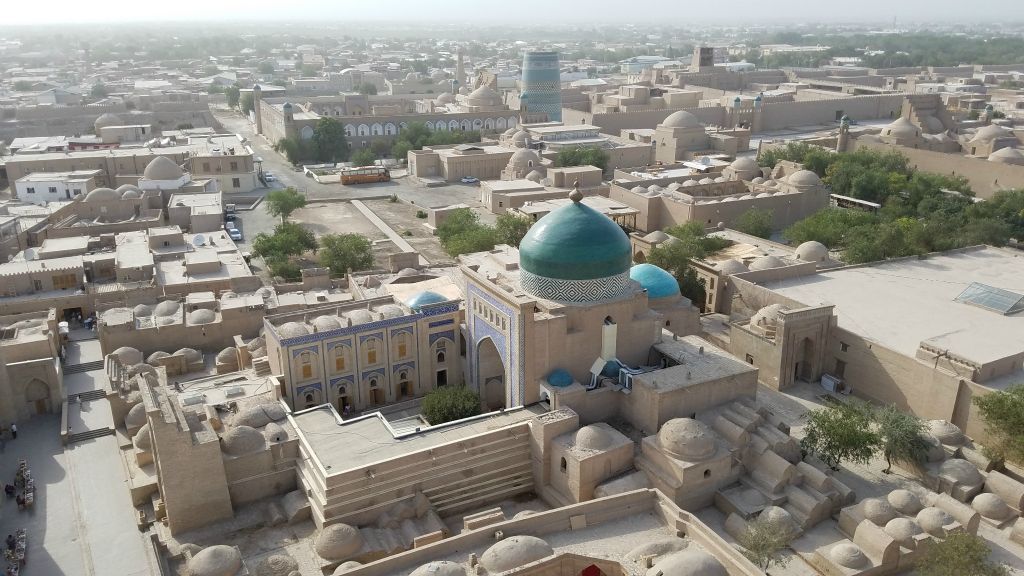
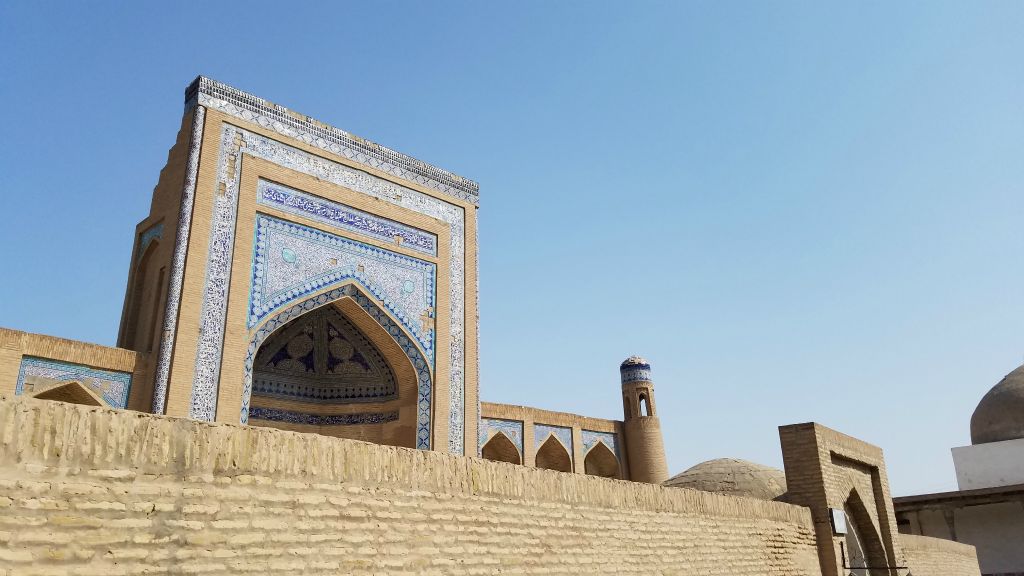
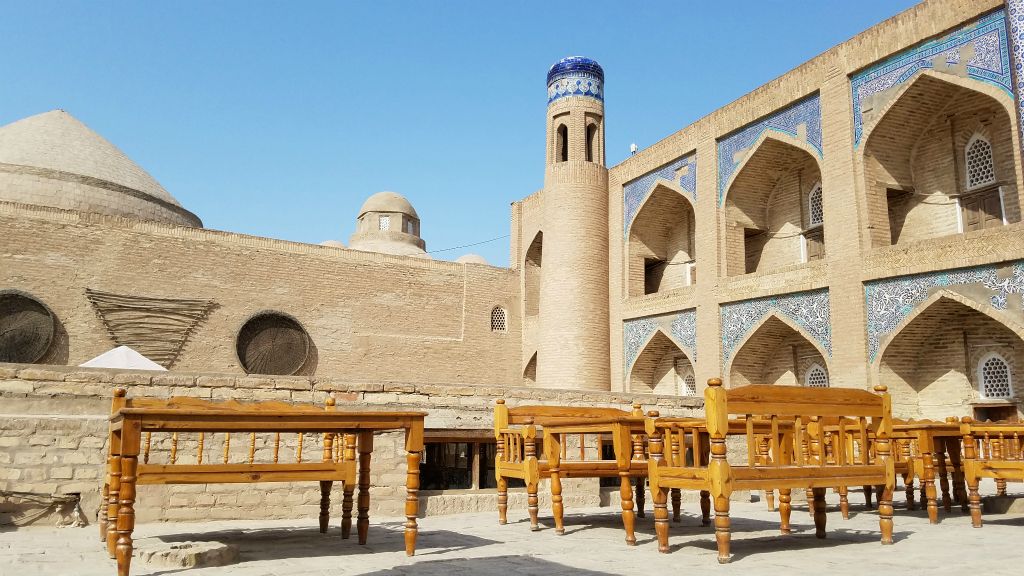
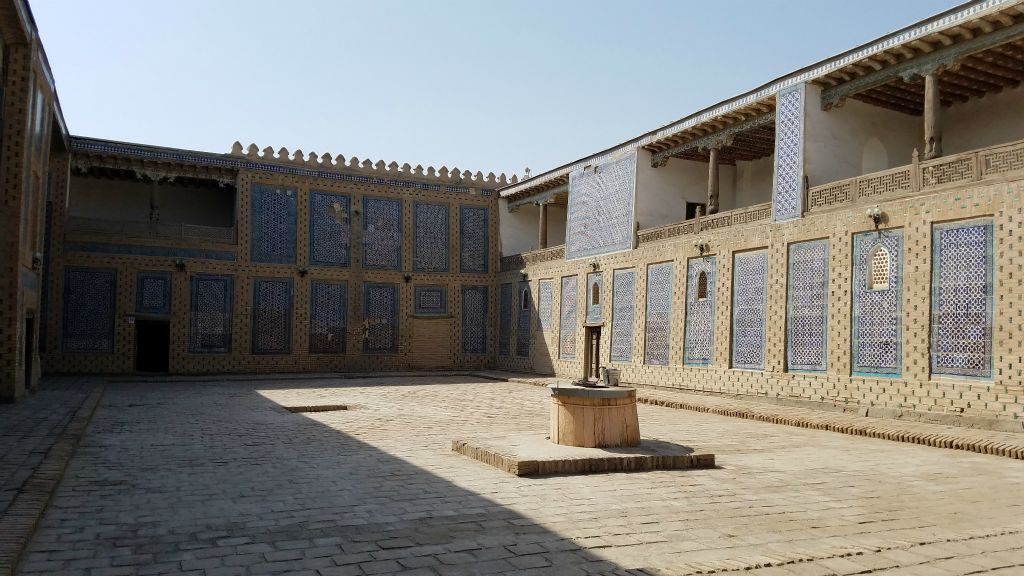
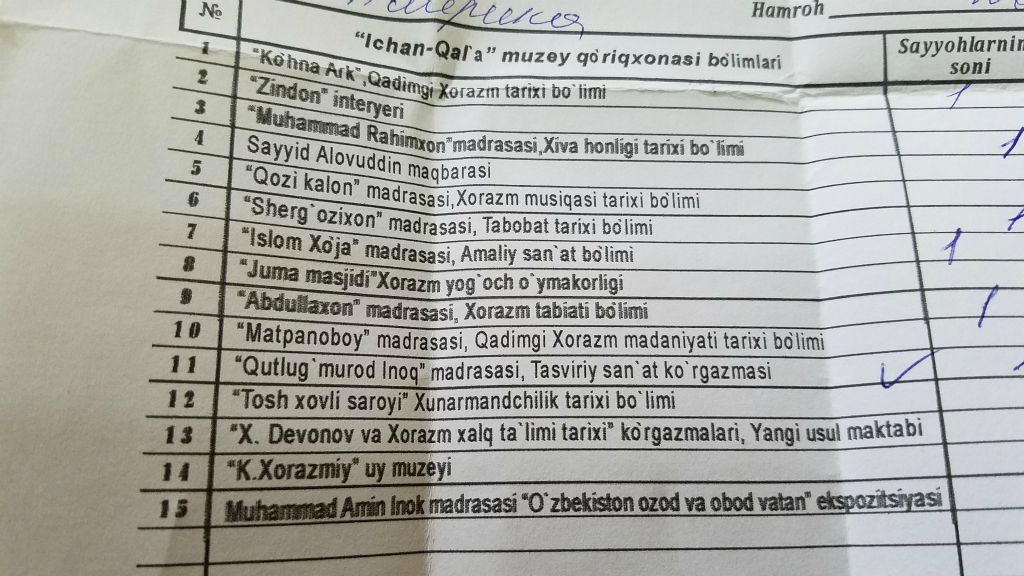
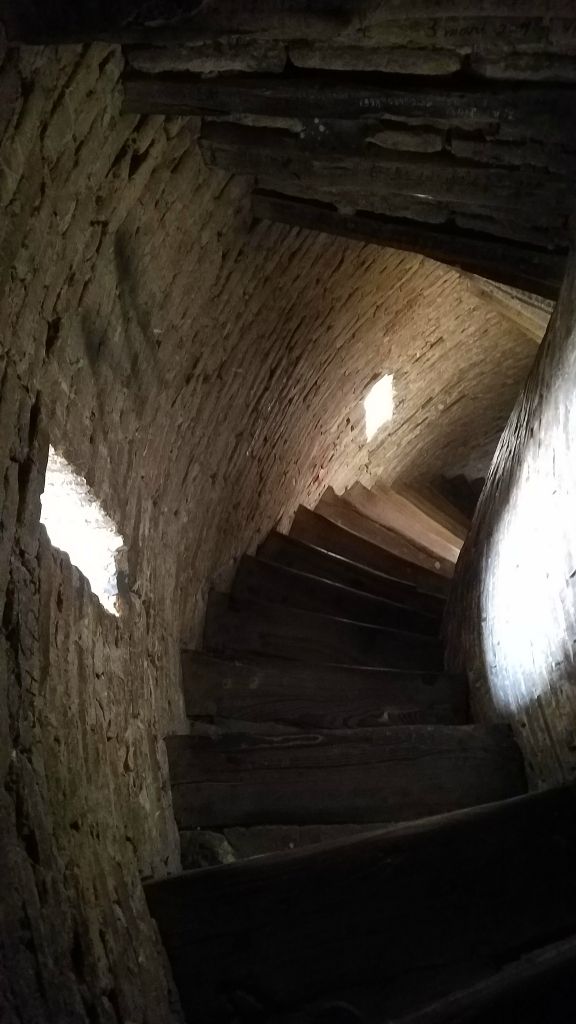
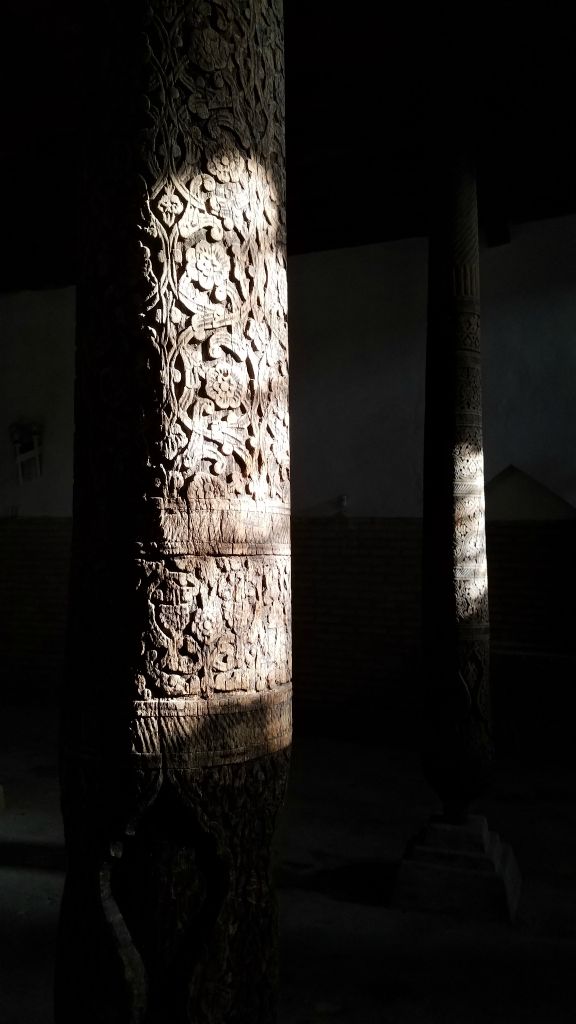
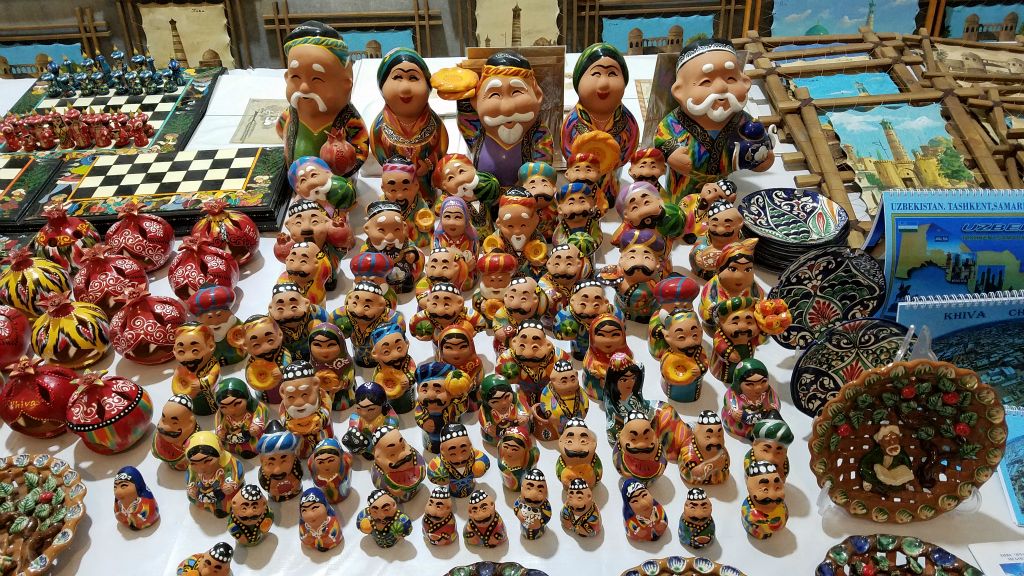
Apart from wandering around and admiring architecture and art, there really wasn’t much else within the old city walls – there was a place to eat that was situated within an old structure called “Khorezm Art” restaurant where I ate some shashlik, as well as souvenir stalls that were, thankfully, rare – the lack of them at least reduced the air of “touristy-ness” of the place.
All in all, Khiva is definitely a must-stop for people who want to see a full on “old Islamic town on the Silk Road” as there was few places left that is that well-preserved on this scale. It is where our childhood stories of Ali Baba & The Forty Thieves took place – at least in my imagination – and there are so few places in this world that can marry that imagination with reality anymore.